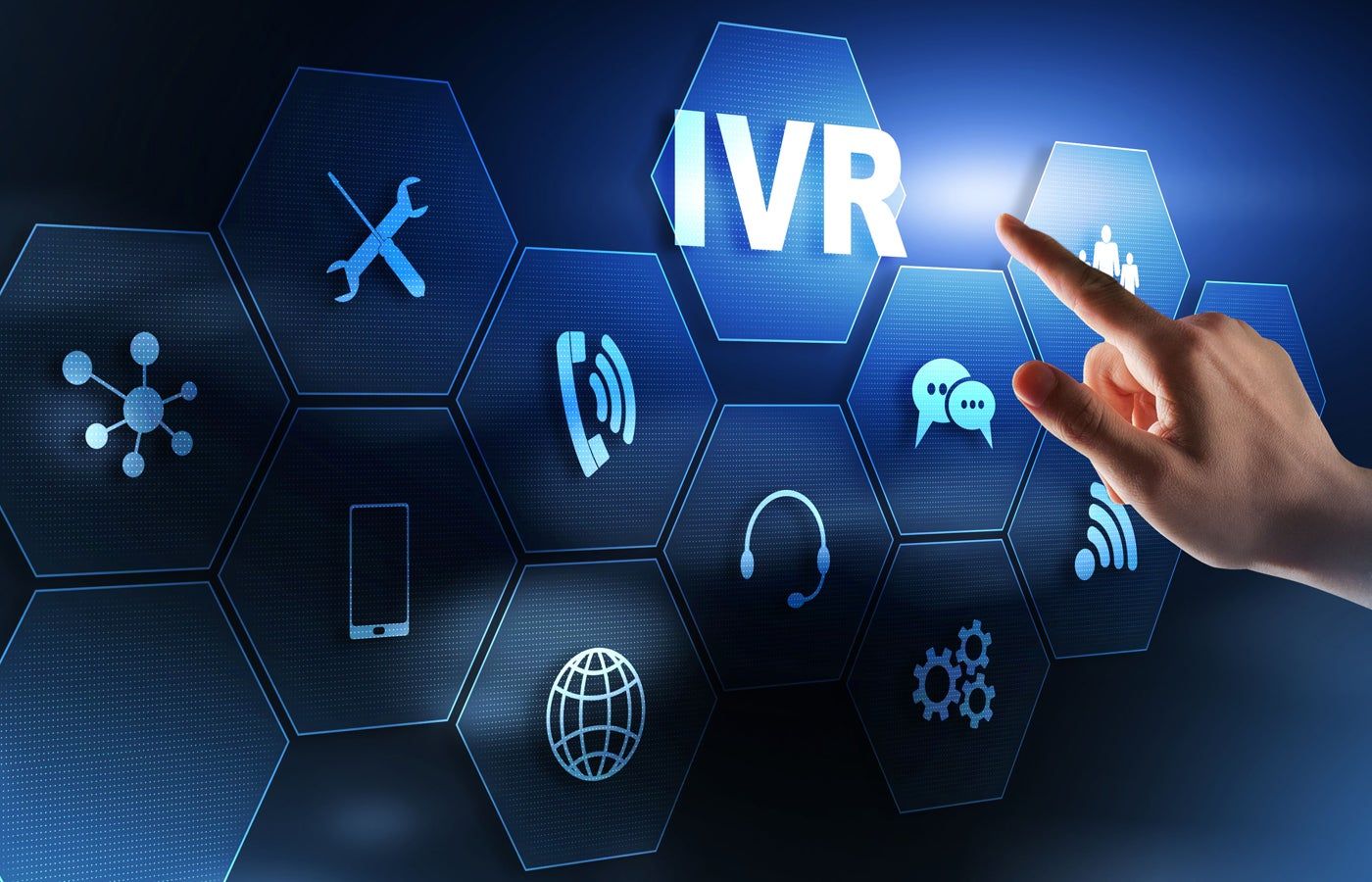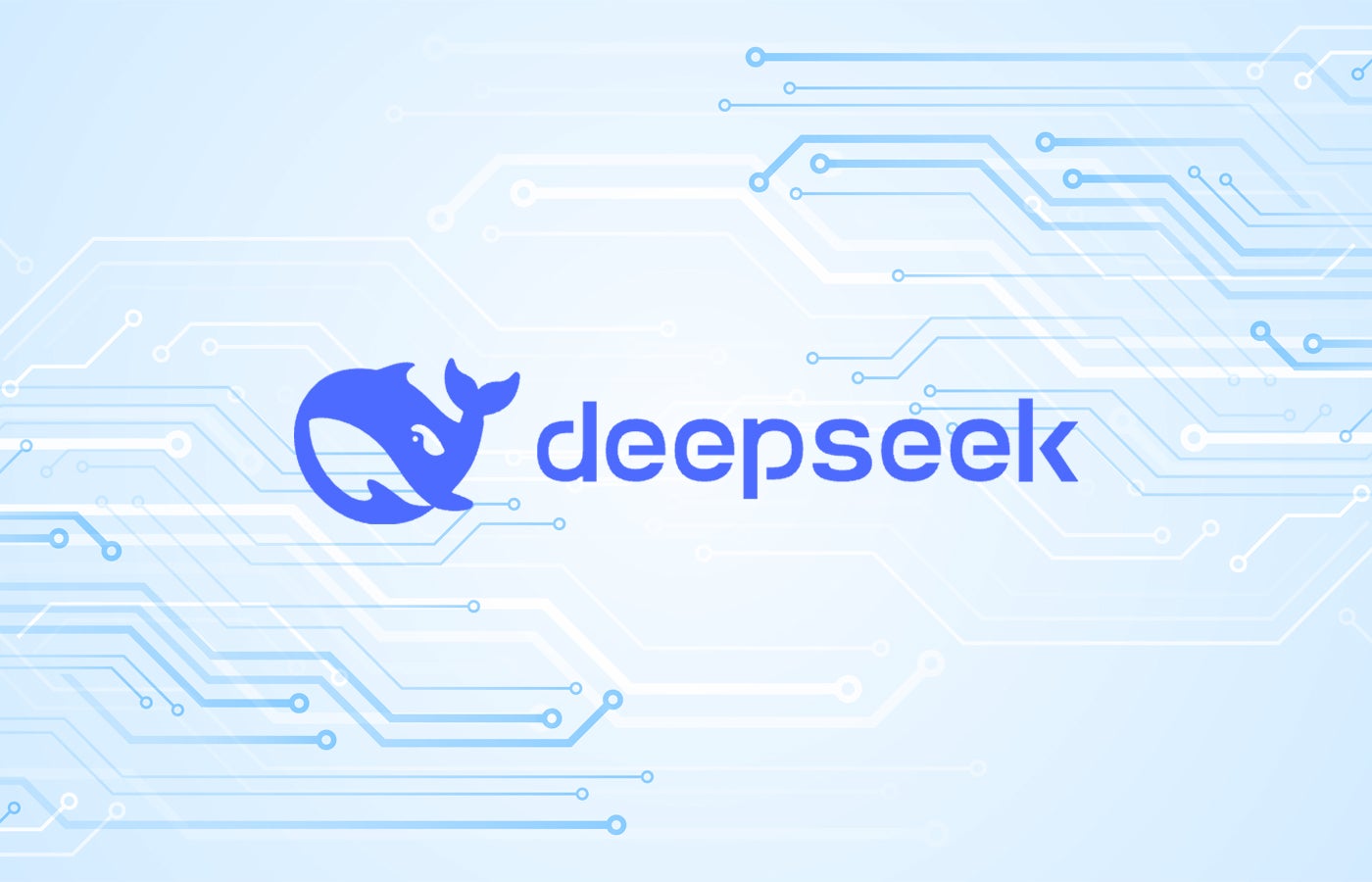Visual IVR combines voice IVR technology with a visual user interface to offer a personalized way to get help from customer service. Customers interact with the visual IVR by calling a number and choosing to receive a shareable link and visit an interactive page where they can resolve many of their own customer service issues.
With traditional (or non-visual) interactive voice response (IVR) systems, customers are limited to either navigating through an automated phone menu or requesting to speak to a representative right away. This forces them to wait a little longer before beginning the actual customer service process.
If implemented correctly, visual IVR can deliver a number of key benefits, including:
- Improve customer user experience and offer more self-service options.
- Improve customer experience by eliminating much of the friction, confusion and complexity that can arise with traditional IVR.
- Increase agent efficiency and productivity.
- Increase customer comfort and satisfaction.
- Reduce call abandonment rates and average handling time.
- Increase first call resolution rates.
- Shortening waiting times and call queues.
Putting together a good visual interactive voice response (IVR) system is a difficult task that isn't always worth the effort. If not done right, it can be more complicated than other service options, such as chatbots or live chat communication with a human. Plus, some callers may not like making a call and then being redirected to a different platform.
Still, VIR offers many advantages over traditional IVR and can have a huge impact if used at the right time. In particular, there are five fairly clear use cases where VIR can be leveraged to improve customer service experiences.
1. Appointment Scheduling
Scheduling an appointment with the Visual IVR system is a simple and straightforward process. Customers call a number, request to receive a calendar link via SMS text message or other format, and then schedule an appointment through the platform at that link.
This process offers many benefits compared to traditional programming methods.
Most importantly, it allows customers to see the times and dates that work for them on a visual calendar, so it is likely to minimize confusion and increase retention rates.
At the same time, since customer input is recorded and integrated with the team’s official calendar, it also reduces the repetitive workload on live agents, allowing them to focus on more important tasks.
Clients can also request appointment reminders via SMS text message, in the hopes of reducing the number of no-shows.
2. Payment of bills
To pay bills with Visual IVR, customers call, request a link, and use it to access a payment portal. There, they can settle any outstanding balance they have by navigating through the user interface and submitting the necessary bank or card details.
Visual IVR offers many advantages over traditional IVR for bill payment as it allows customers to see how much they owe before completing any payments manually.
This can reduce confusion at complicated checkouts and increase customer satisfaction.
3. Customer self-service
In addition to actual actions such as paying bills and scheduling appointments, the visual IVR can also be used for passive or observational self-service options for the customer.
These self-service tasks include checking balances, verifying account details, and updating contact information.
After calling, customers can request a visual interactive voice response (IVR) link and complete self-service tasks on their own. This minimizes confusion and makes their experience more pleasant overall.
4. Customer satisfaction surveys
Customer satisfaction surveys often use visual IVR to make the process more personalized and interactive.
While customer satisfaction surveys can also be provided to customers using a traditional IVR system, the VIR process offers a different possibility. Instead of answering questions and pressing buttons on the phone, the VIR system allows customers to request a link via SMS or another format and provide feedback using an interactive web-based interface.
Visual IVR offers many advantages over traditional IVR surveys as it can result in faster completion times and a potentially higher response rate, helping businesses collect valuable data more efficiently.
5. E-commerce
Many aspects of e-commerce can be leveraged through the use of visual IVR, including product ordering and tracking, subscription renewal or cancellation, and product activation.
To access the visual IVR for e-commerce purposes, customers must call, request an interactive link, choose an option, complete their task, and submit it.
Overall, visual IVR offers a number of advantages over traditional IVR in an e-commerce environment, such as offering a more active customer experience with less waiting and less reliance on a representative for help.
This saves time for both customers and agents.
Invest in Visual IVR to Improve Your Customer Service
From appointment scheduling to e-commerce and more, visual IVR can pay dividends for your contact center.
The key is to implement it in effective ways that actually make sense for your customers.
Remember to minimize manual tasks and provide ample options to make your contact center more responsive, helpful, and a pleasure to interact with.












